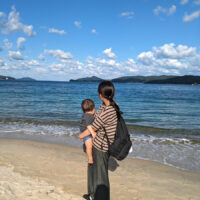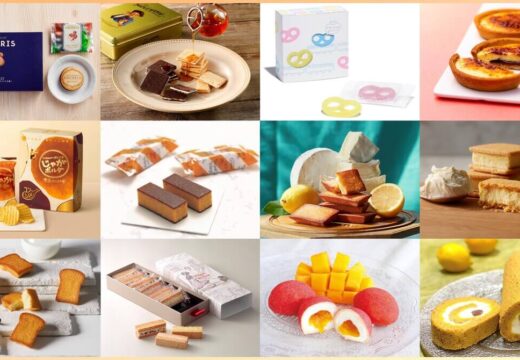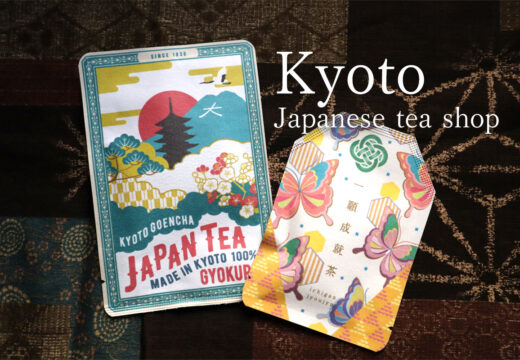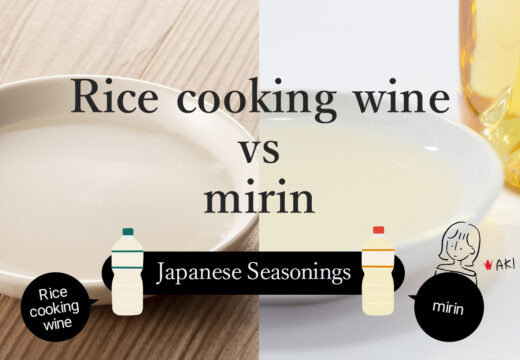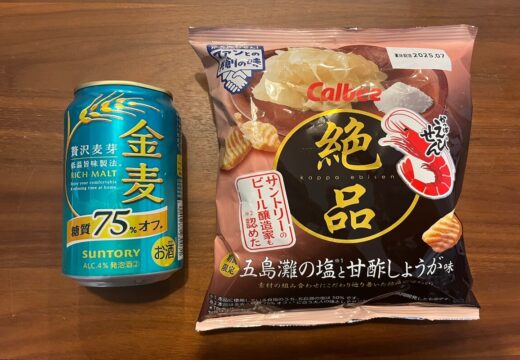We Went to the Kineya Udon Workshop! Expo 2025 Osaka, Kansai ORA Gaisyoku Pavilion
Category: Food&Drink
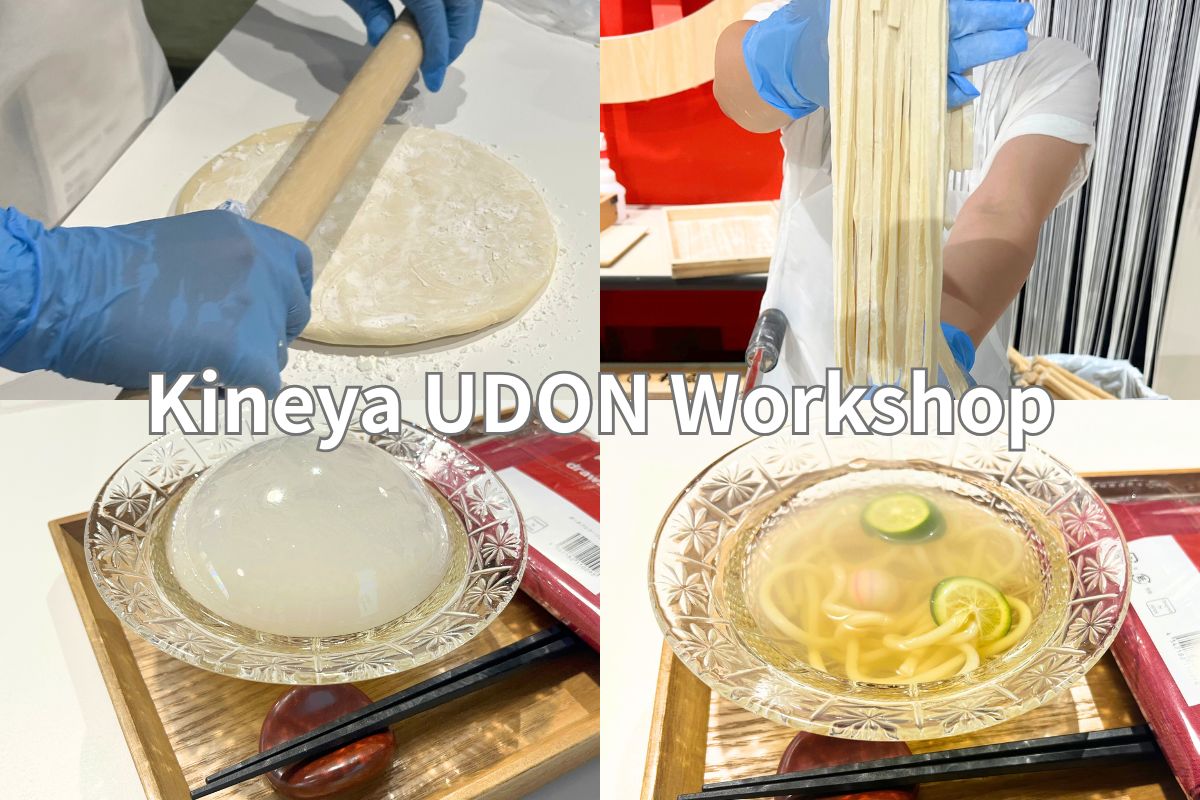
Udon is a staple food in Japan. It is a noodle dish made from water and wheat flour, offering a smooth and chewy texture. Osaka, where the culture of dashi broth is deeply rooted, is known as the birthplace of kitsune udon and kasu udon, and is home to many udon restaurants.
This time, we went to the Kineya Udon Workshop at Expo 2025 Osaka, Kansai, an international event currently being held in Osaka, where udon is very popular. This event can be enjoyed by both adults and children, so if you are interested in Japanese udon, please check it out.
Now open at the ORA Gaisyoku Pavilion! Kineya Udon Workshop
The Kineya Udon Workshop is held at the ORA Gaisyoku Pavilion ~UTAGE~, one of the domestic pavilions at Expo 2025 Osaka, Kansai. This hands-on event is produced by Gourmet Kineya, which opened Japan’s first udon chain restaurant, “Jitsuen Teuchi Udon Kineya,” headquartered in Osaka.
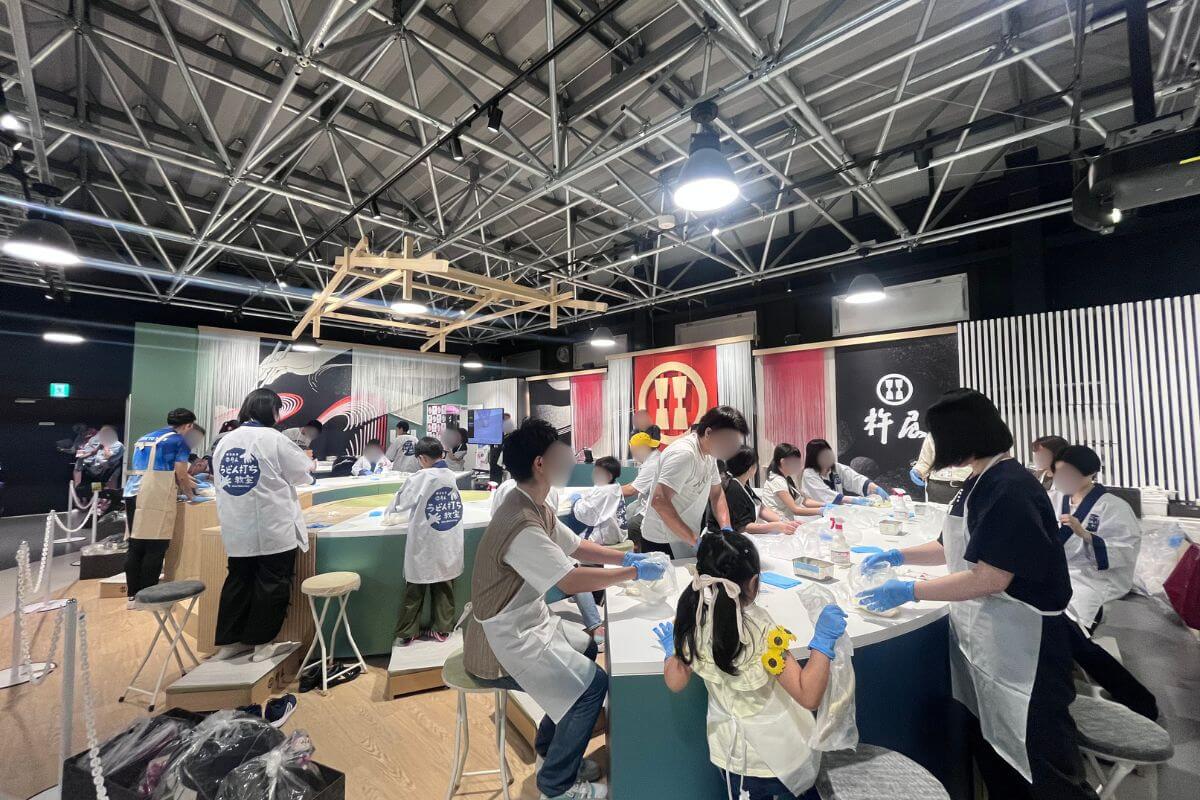
Gourmet Kineya aims to provide an opportunity to experience the techniques and traditions of handmade udon noodles cultivated over many years, as well as to promote food education through udon noodles.
What ingredients are used to make udon noodles? What is the process of making udon noodles? You can learn how the udon noodles you usually eat are made. For foreigners who have never eaten udon noodles before, this is a valuable opportunity to learn about the traditional Japanese food culture of udon noodles.
Children and adults alike can have fun learning about udon noodles through the process of making them!
Kineya Udon Wokshop Details
Event period: May 13 (Tue) to August 12 (Tue), 2025
Venue: ORA Gaisyoku Pavilion “UTAGE” 2F “UTAGE Lab”
Official website: https://www.gourmet-kineya-hd.co.jp/udon-workshop/
Reservation Page: https://reserva.be/udonworkshop
Let’s Try Making Udon noodles!
The venue for the Kineya Udon Making Class is a special booth on the second floor of the ORA Gaisyoku Pavilion ~UTAGE~. This event is so popular that reservations are filled every day, and this day was no exception. There are many families with children.
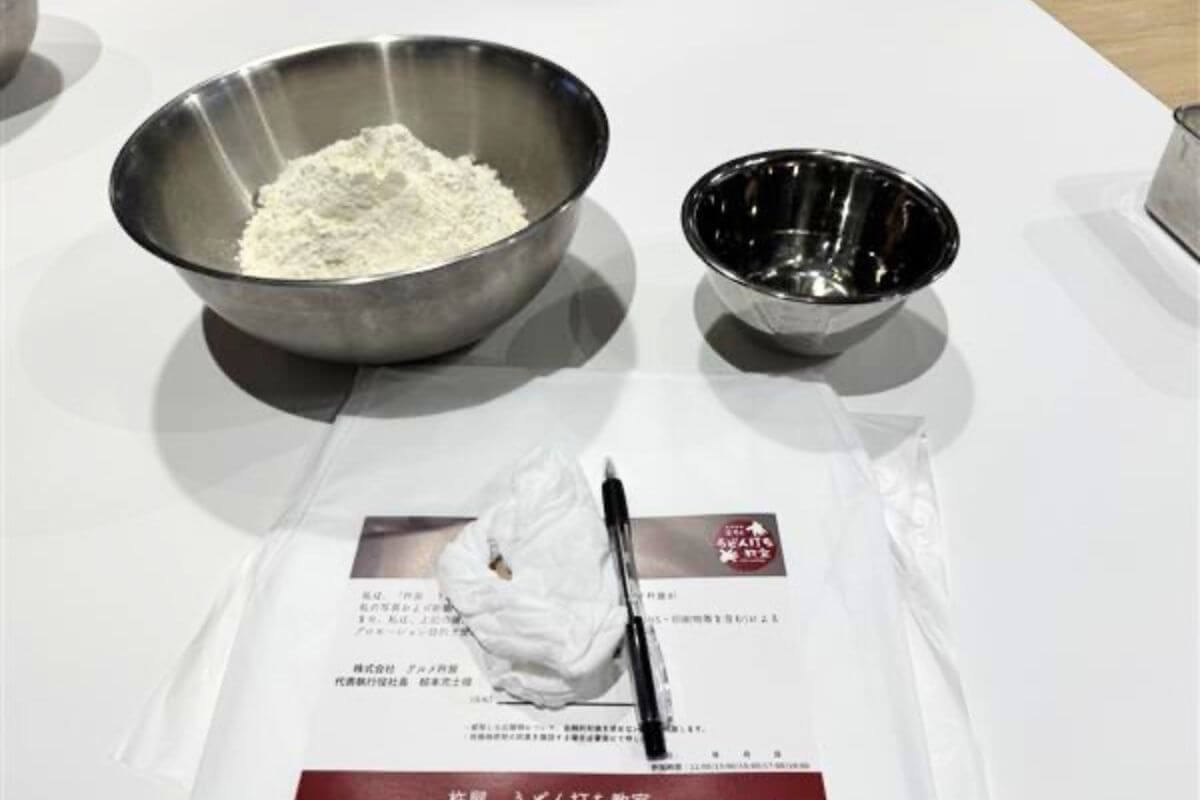
The ingredients for making udon noodles are already prepared on the table. The ingredients are simple: flour, salt water, and flour for dusting. The instructor will carefully teach you how to make the noodles, and the staff at each table will also provide support, so even beginners can feel at ease.
The four steps you will experience in this udon-making workshop are kneading by hand, stomping, rolling out, and cutting the noodles.
First, break up the flour with both hands. Add the salt water in several batches and mix until the flour becomes crumbly. The key is to rub your hands together to break up the dough and prevent it from forming lumps.

Once the dough is moist, place it in a plastic bag, put it on a footstool, and knead it thoroughly with your feet. It may feel a little difficult to knead with your feet, but this is a traditional method necessary for bringing out the chewiness of udon noodles. Knead slowly at first to avoid breaking the gluten bonds, and gradually transfer your body heat to the dough to make chewy udon noodles!

Once you have finished kneading, remove the dough from the bag, fold the edges inward, and shape it into a ball.
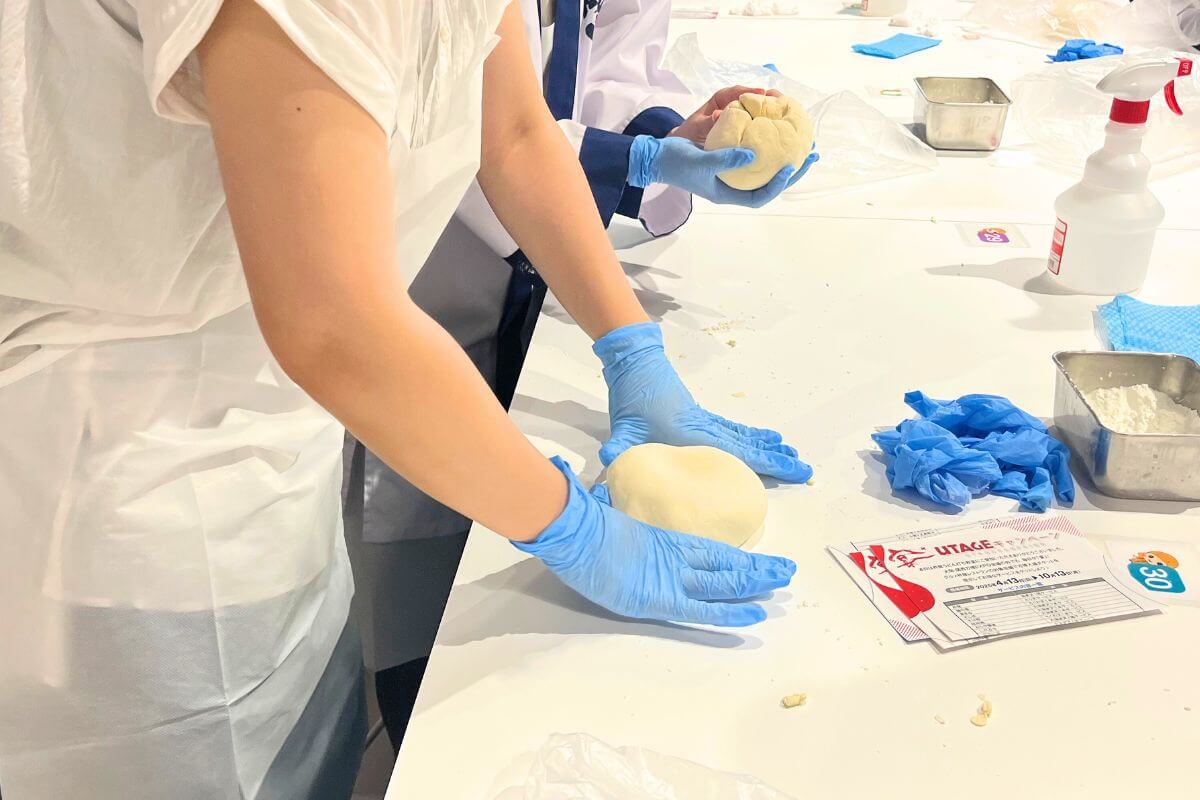
Once again, place the dough in a plastic bag, stomp on it to spread it out, and then roll it out with a rolling pin.
Remove the dough from the plastic bag, sprinkle flour on it, and roll it out with the rolling pin while applying weight to the edges. This requires some skill, but the staff will assist you, so please ask them to show you how to do it.
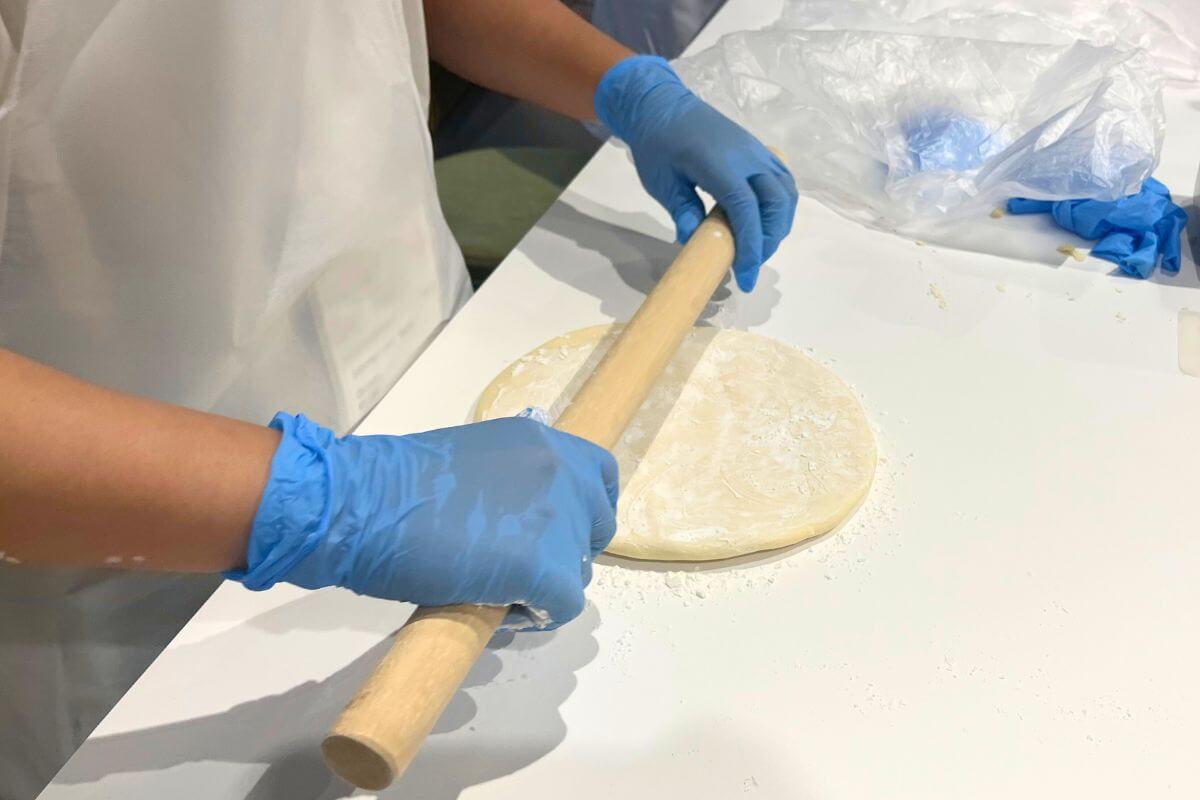
▲Before
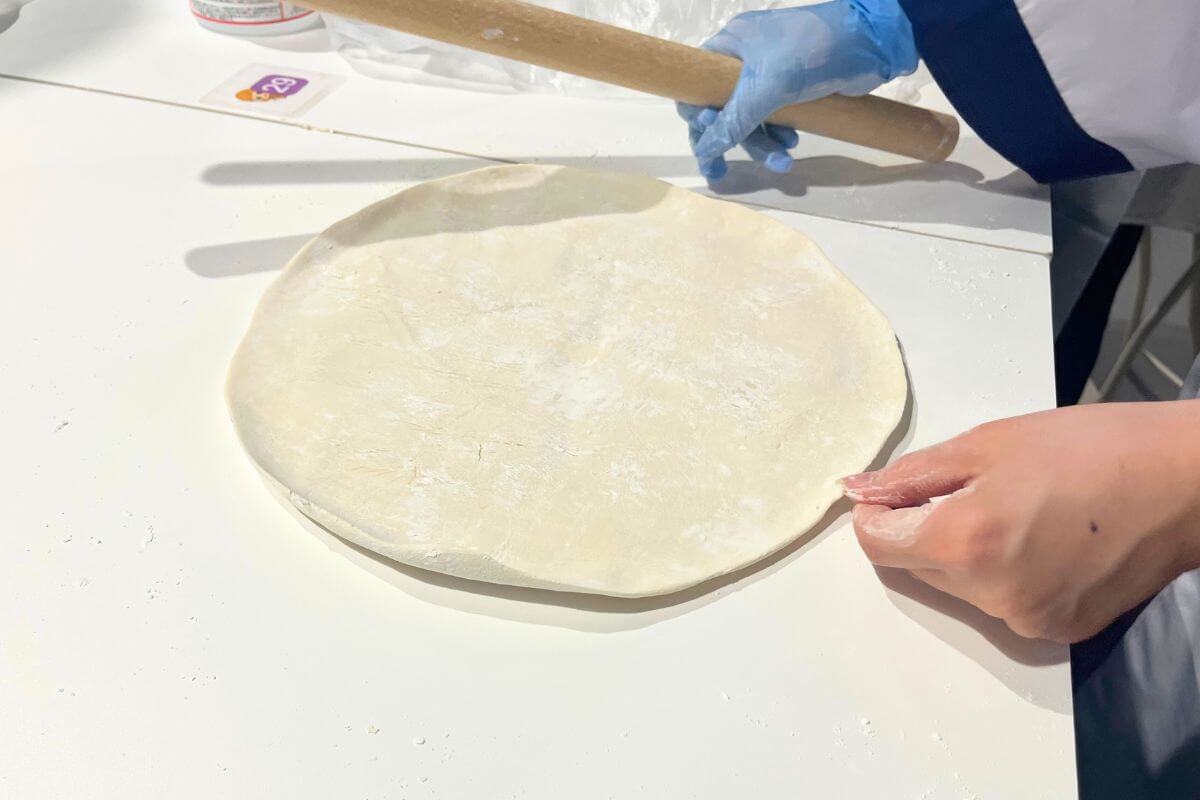
▲After
Once the dough has been rolled out to a thickness of about 3 mm, fold it into thirds and cut it into strips.
Use a noodle cutting board to cut the dough into strips about 2-3 mm thick. The trick to cutting evenly is to cut rhythmically with a steady hand!
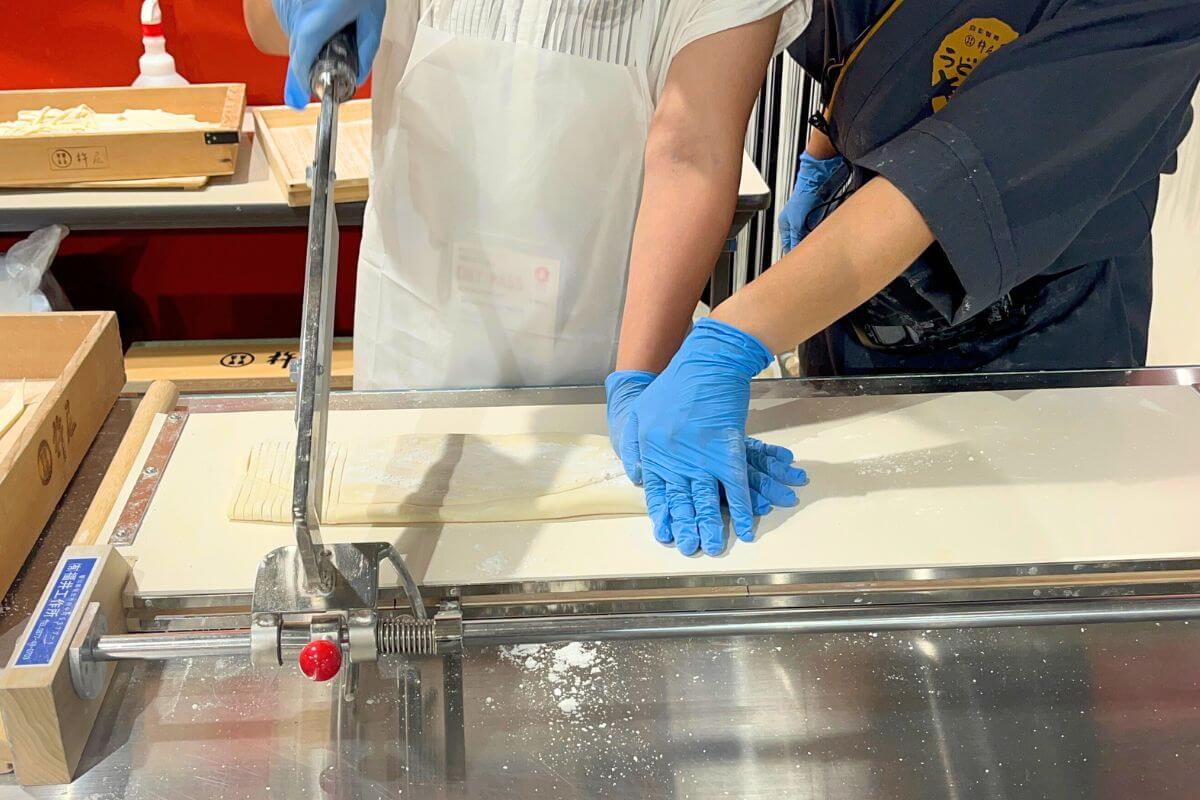
Once you’ve finished cutting, take a commemorative photo with your noodles!
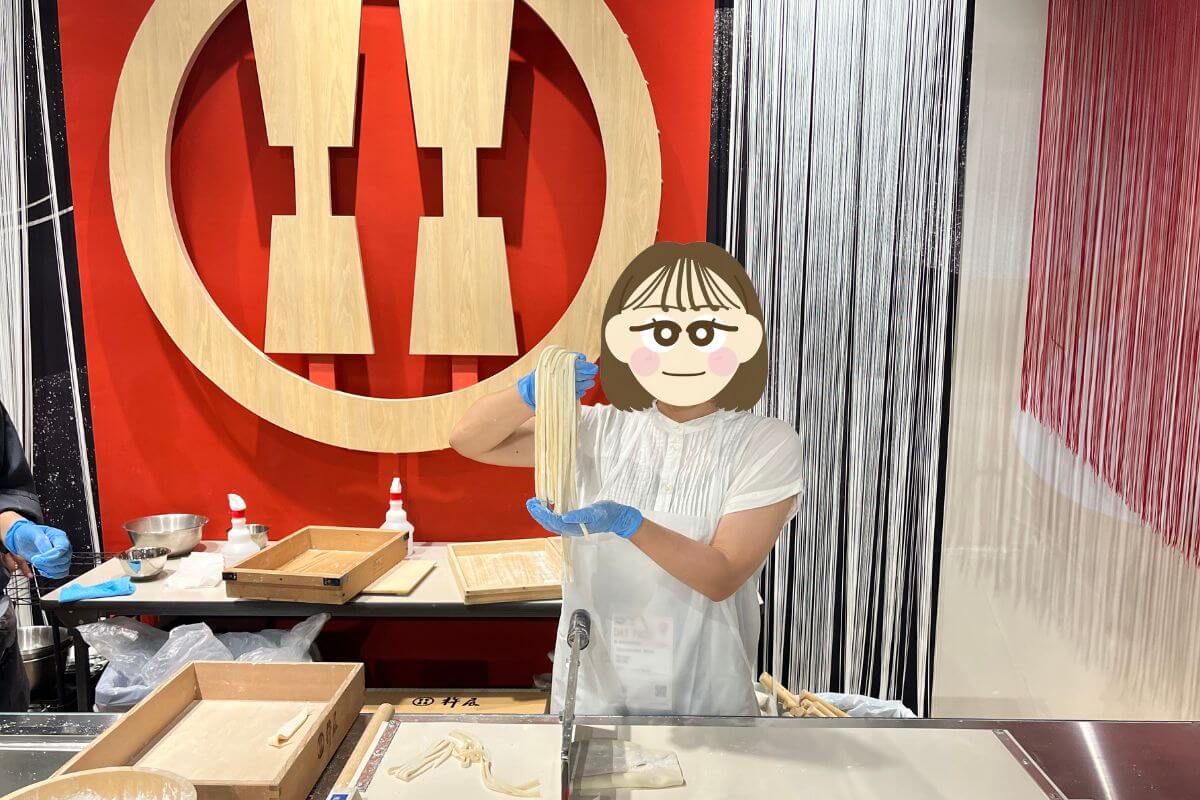
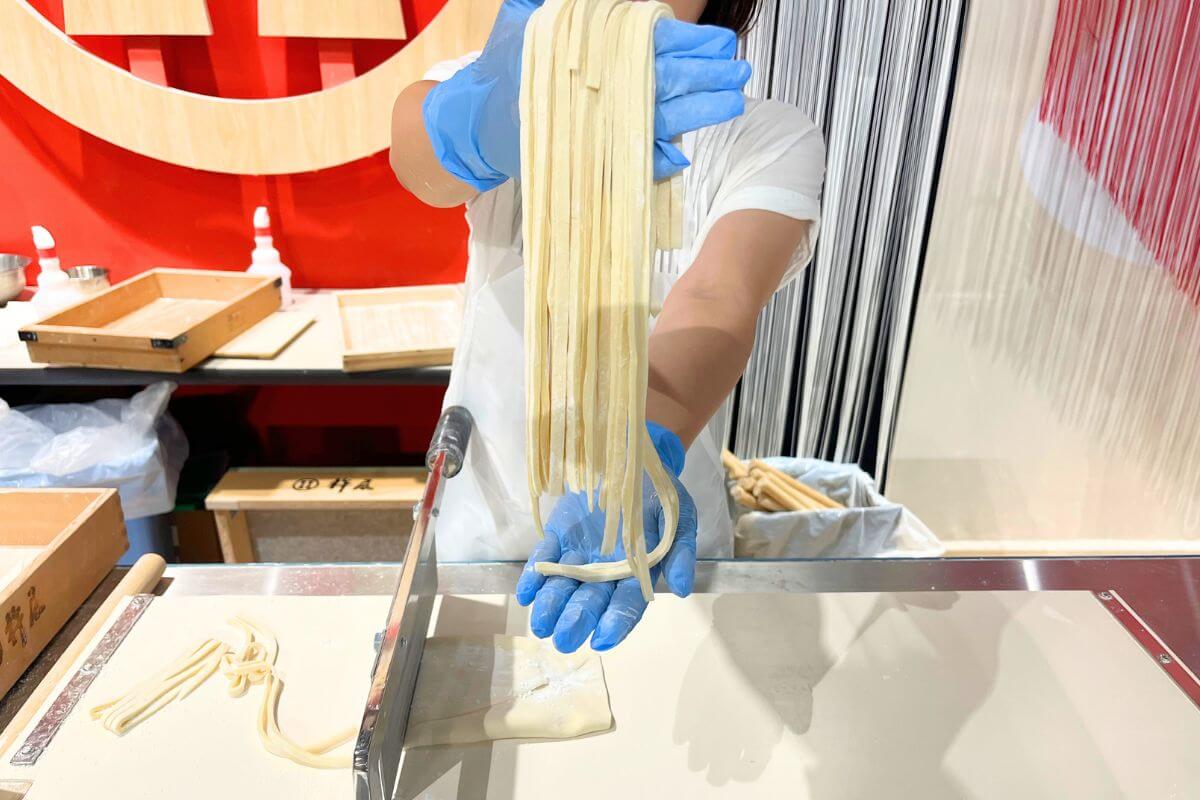
I was thrilled to see that it had turned into udon noodles! Making udon noodles requires more physical strength than I had imagined, so I felt a great sense of accomplishment when I saw the finished product.
By participating in Kineya Udon Workshop, I realized that udon artisans who make udon noodles by hand every day need physical strength and patience, and I was reminded of how grateful I am to be able to eat udon noodles at restaurants. I sincerely hope that udon noodles will continue to be a part of Japanese food culture in the future.
You can also sample the next generation of udon noodles
For hygiene reasons, the udon noodles made during the udon-making experience cannot be eaten. However, these noodles are not wasted, but are reused as survey forms. This is a wonderful initiative from the perspective of SDGs, which is also the theme of the Expo!
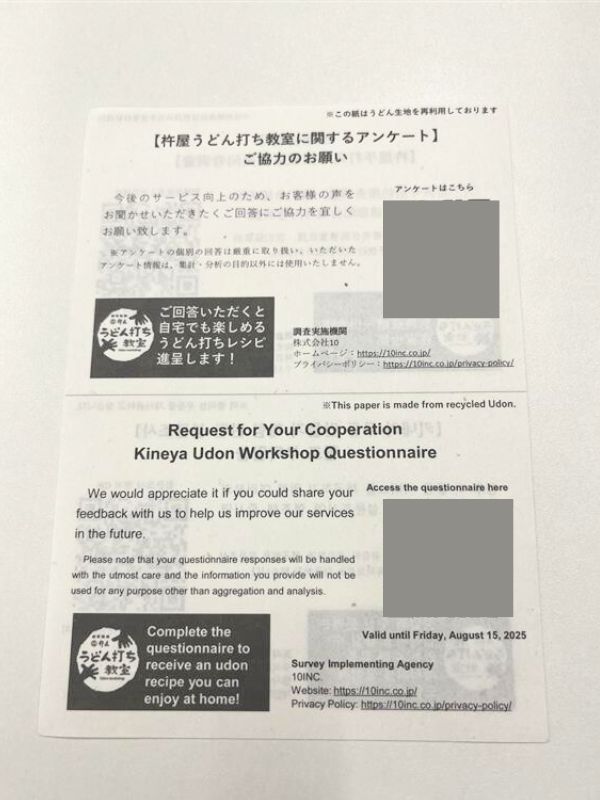
And for those who wanted to eat udon, don’t worry! After the experience, you can try the next-generation udon made by Kineya’s craftsmen.There are three types in the lineup, but what you can eat on that day is a surprise.
On this day, it was “Awa Mai Udon.” It is udon topped with bubbles like soap bubbles, and it has a great visual impact! As time passes, the bubbles burst, revealing cold udon with the aroma of sudachi.
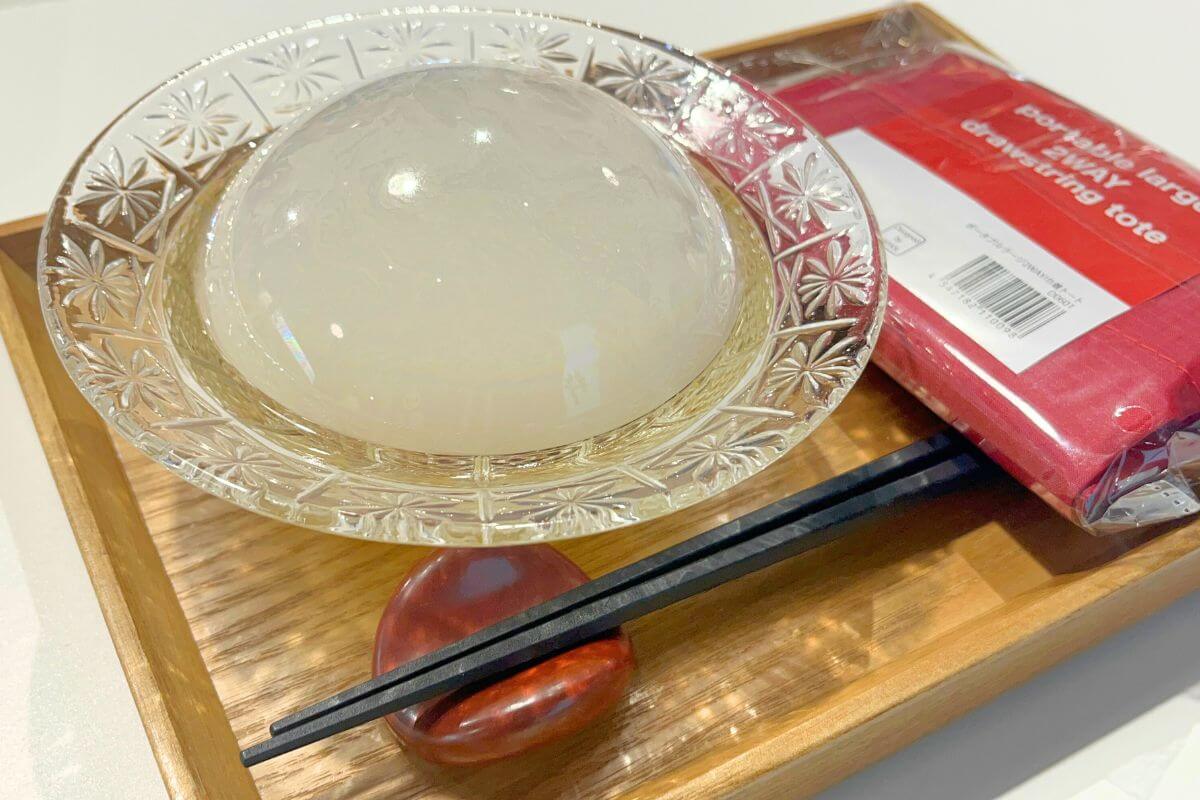
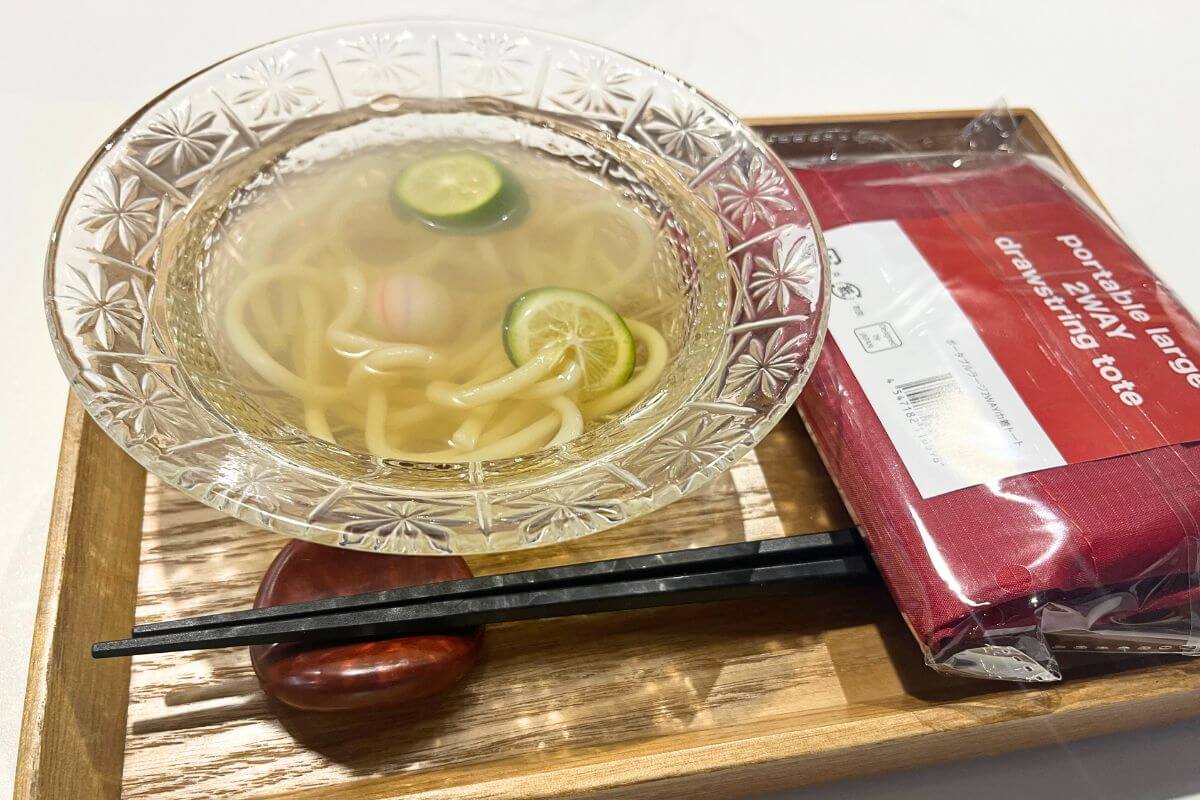
The chewy texture of the udon noodles goes perfectly with the cold broth flavored with sudachi citrus! It’s a delicious treat that will soothe your tired body after making udon noodles. Awa Mai Udon seems to be a menu item exclusive to the Kineya Udon Workshop, but I hope they will commercialize it at Kineya’s restaurant as well!
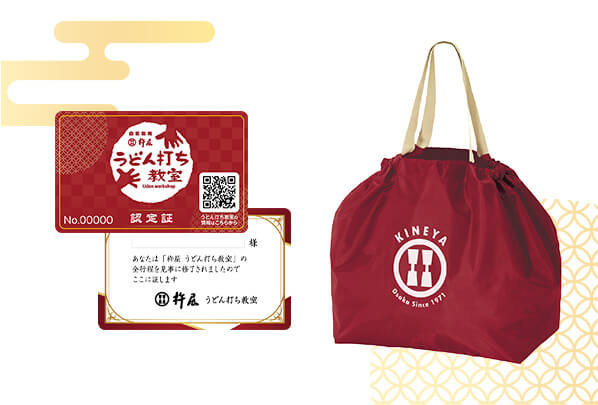
In addition, participants received a udon-making class certificate and a commemorative gift (tote bag). Furthermore, by answering the questionnaire mentioned earlier, you can also receive a recipe for the udon-making experience, so be sure to get it as a souvenir.
The udon-making experience requires advance reservation. Reservations for August will begin on Friday, July 4, at 11:00 AM, so be sure to apply early.
▼Click here for the Kineya Udon Workshop reservation page.
https://reserva.be/udonworkshop
Special exhibition to support the reconstruction of disaster-stricken areas
Gourmet Kineya not only offered udon noodle-making experiences, but also ran a booth called “Osaka Kizu na Ichiba.” This booth was organized by Gourmet Kineya’s Osaka Kizu Market and supported by the Reconstruction Agency to promote and facilitate exchange with areas affected by the earthquake.

Japan is known as a country prone to earthquakes. Producers from disaster-stricken areas such as Tohoku, which was hit by the Great East Japan Earthquake, Kumamoto, Hokkaido, and Noto will participate in this event.
You can hear the producers’ firsthand accounts of their efforts to recover from the disaster, learn about their recommended products, and hear about their plans for the future of food production in their regions. You can also enjoy food and drink tastings and sampling experiences while interacting with the producers.
This event is a great opportunity to learn about the areas undergoing reconstruction and inspire you to visit them, so please stop by and join us for the Kineya Udon Workshop!
Future schedule
July 7 (Mon) to July 13 (Sun) Onagawa Seafood Processing Study Group
Recovery area: Onagawa Town, Miyagi Prefecture
July 14 (Mon) to July 20 (Sun) Towada Oirase Agricultural Cooperative
Recovery area: Towada City, Aomori Prefecture
July 21 (Mon) – July 27 (Sun) Noto Farm
Recovery Area: Noto Town, Hoshu District, Ishikawa Prefecture
July 28 (Mon) – August 3 (Sun) Sanriku Kujyo Negi Producers’ Association
Recovery Area: Rikuzentakata City, Iwate Prefecture
*For the schedule after this, please check the official website.
Event Details
Date: Saturday, June 14, 2025 to Monday, October 13, 2025 (national holiday)
Venue: ORA Gaisyoku Pavilion “UTAGE” 2F “UTAGE Meetup” (inside Expo 2025 Osaka, Kansai, Japan)
Hours: 10:00 AM to 9:00 PM (Closed during preparation times)
Official Website: https://kizu-ichiba.com/expo/kizunaichiba/
▼Click here for articles related to the Expo
